Exercises After Arthroscopic Shoulder Surgery
We see many people here at SSOR that have had or are going to have a shoulder arthroscopy or “scope” to clean out debris or get rid of bone spurs. People that typically need one have pain with activity, especially overhead activity or when they exercise. It can be painful and debilitating and reduce a person’s ability to work, play, and function. After a shoulder scope, people usually do very well if they follow the physical therapist’s restrictions and modify activities until they are appropriate to resume them. The shoulder rehab specialists at SSOR are here to help you after your surgery.
What do they do in surgery?
Basically, the surgeon uses a an arthroscope (“camera”) to visualize the joint with one hand and then uses various tools to clean up the debris or pain-generating structures in the shoulder.
What about pain?
Ice and pain medication will help you get through those first few days. Talk to your doctor about pain management. Studies have shown that ice can not only decrease shoulder temperature, but also be an effective adjunct to pain relief after shoulder surgery.
Rehab after Shoulder Surgery
Usually, physical therapy after a shoulder scope (where nothing was fixed that is, just “cleaned out”) is pretty straightforward. At SSOR, we’ll measure your other shoulder to establish a standard that we want to get you back to (provided that shoulder isn’t a mess!!). We’ll talk to you about pain management and activity modification to help facilitate your recovery as well. As far as rehab exercises after shoulder surgery, here’s what will/should happen:
- Range of motion activities begin on your back. Your physical therapist will assist you with range of motion (ROM) exercises (“passive range of motion”) to help get your motion back and prevent stiffness. After your passive range is better, we’ll begin active-assisted range of motion exercises where your uninvolved arm will help your involved arm move. Again, these should start on your back. The only exception to this rule is an exercise called the “forward bow”, which has been shown to have <10% activity of the rotator cuff.
- As active assisted ROM improves, begin active ROM on your back. It is critical that you start AROM on your back because it is in a gravity-minimized position. In sitting or standing, your shoulder muscles have to resist the forces of gravity pulling your arm downward. Therefore, raising your arm in sitting or standing can be painful and cause some compensatory actions to occur, which in turn cause more pain and dysfunction.
- Head to the “beach!”. After you’re able to raise your arm on your back without pain, try the same activities in a recliner or in a “beach chair” position. Continue to progress being more upright until you can raise your arm to 90 (parallel with the ground) without your shoulder “hiking.”
- Once ROM is restored, begin strengthening. Your physical therapist should guide you through exercises to strengthen your rotator cuff and scapular muscles.
- Once strength is restored and your doctor has cleared you, begin gradual return to activity. Whether it’s golf, tennis, or just being able to play with your grandkids, your physical therapist should have a progression to safely and effectively get you back.
All of this typically takes place over the course of 4-8 weeks, depending on a number of factors. It is imperative that you follow your doctor and physical therapist’s prescription because you can definitely make yourself worse.
Give us a call if you are having arthroscopic shoulder surgery and we’ll get you back on track. Our shoulder rehab specialists are well-versed on the best exercises after shoulder surgery and use effective, hands-on techniques for your to restore range of motion and function to your shoulder. It would be a privilege to serve you!
